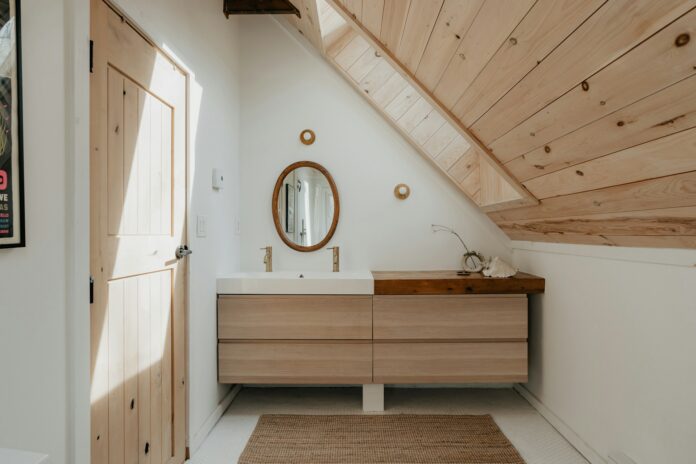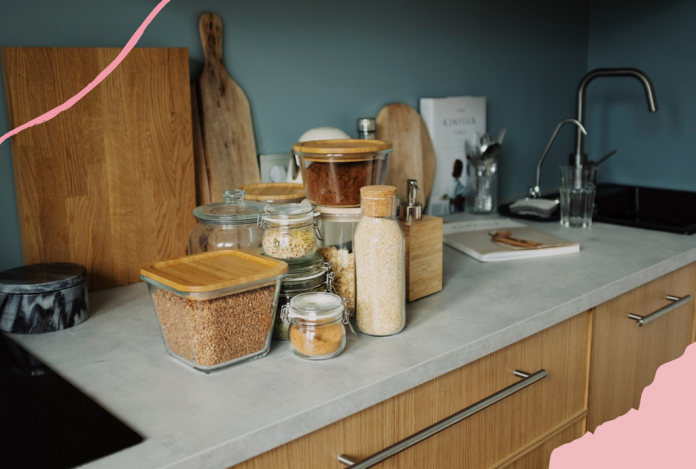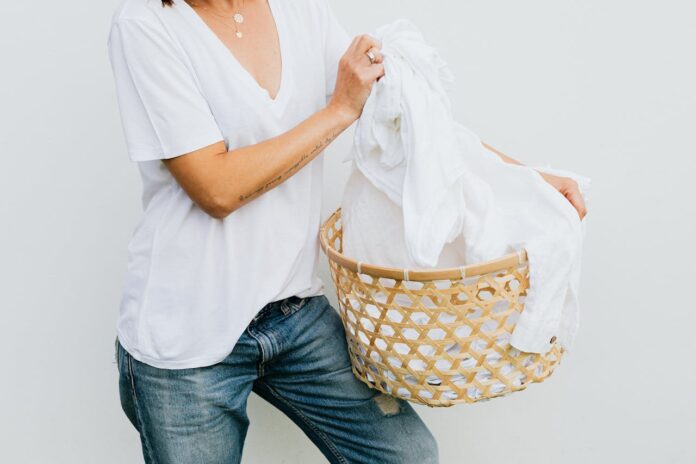Congratulations on your new arrival! Welcoming a four-legged friend into your home is an exciting event, whether it’s your first or your fifteenth.
However, amidst all the excitement of preparing the home, making sure your garden is puppy-proof, and stocking the cupboards with dog food, new pet parents might easily forget that your new family member might not match your enthusiasm just yet.
Though perhaps not totally altruistic (you’re going to love having the little guy around, let’s face it), welcoming an adopted dog into your life can certainly be construed as a noble act. This is because you play a part in reducing the number of homeless pets in the UK, which stands at a whopping 100,000 as of this writing.
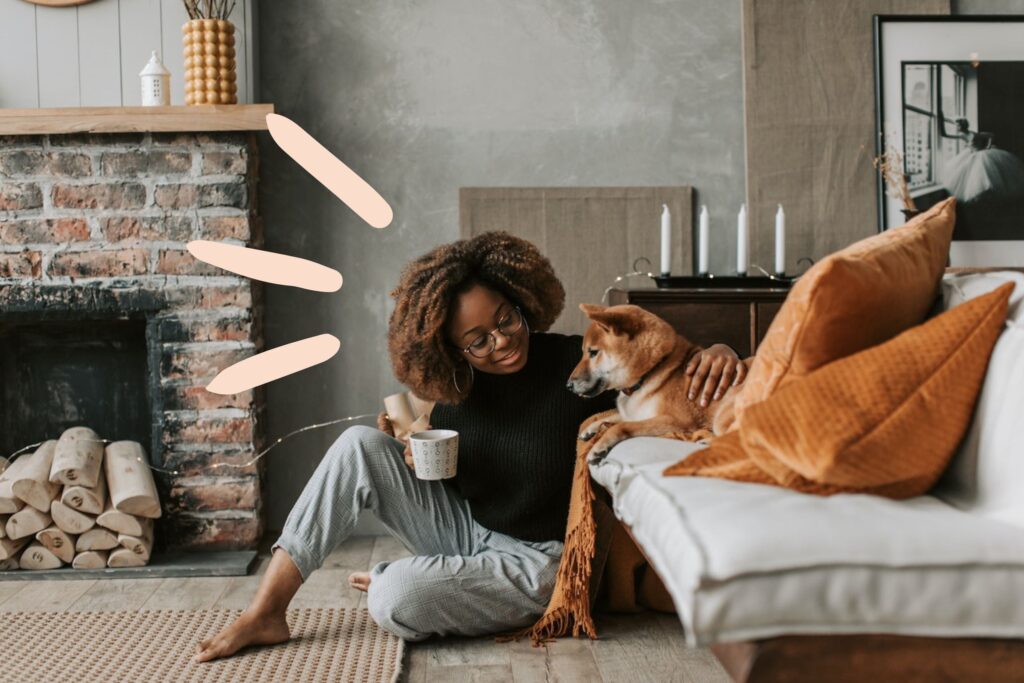
A word of gentle caution; before you decide whether an adopted dog is suitable for your family, you have to realise that it’s entirely different from bringing home a puppy.
Since foster dogs usually have a challenging start, they might react differently to change – even if it’s positive. Therefore, you must exercise patience and positive reinforcement as they adapt to their new surroundings when they first arrive. From always remaining calm to giving them time to explore their new home, here we outline several things to expect when your adopted dog first arrives.
Give Your New Adoptee A Designated Safe Place In Your Home
From installing baby gates to prevent your furry friend from getting into specific rooms to investing in pet-safe bins operated using a pedal mechanism, you’ll undoubtedly have your hands full as you get your home ready to welcome your new family member.
However, while you’re pet-proofing your home, it is essential that you create a safe place in it for your four-legged friend to retreat when they feel overwhelmed, which is clean, comfortable, and away from the hustle and bustle of the home.
Their safe space could be as simple as a dog bed underneath a chest of drawers (providing it’s a smaller breed!) or a dog crate filled with blankets, cuddly toys, and cushions (if you’re adopting a larger breed!) placed in the corner of one of the quietest rooms in the house.
Or, if your newly adopted dog happens to take a liking to a specific area of the house, turn that into their safe spot, as they’ll naturally be accustomed to going there when they want solace and comfort, so make it easier for them to achieve it by moving their belongings there.
Although there’s nothing cuter than your four-legged friend curled up in their bed, ensure that you leave them be until they’re ready to socialise with your family again, especially if you have smaller children who might not yet grasp the concept of personal space!
Once they’ve been in your home for a couple of months, you’ll find that they’ll grow in confidence, and as this blossoms, they’ll be more willing to spend time with you and your family without feeling overwhelmed.
Read: How to help your dog sleep more soundly

An Adopted Dog’s Dietary Needs Differ From Those Of A New Dog
When you adopt a dog, you’re often presented with a choice before taking the right one home, unlike when you buy from a breeder, where the pups are all the same age/breed. You could end up walking away with an eight-year-old Beagle or a two-year-old Pomeranian – ultimately, you won’t know until you’re at the adoption shelter and connect with that special furry friend, taking into account how a specific dog breed might best suit your lifestyle and vice versa, of course.
However, due to the radically different factors you’ll face when choosing an adoptee, you must accept that their needs could differ from those of a brand-new dog. For instance, if you adopt a Pug entering their golden years, you’ll have to accept that it might need a more specialised diet than a middle-aged Labrador.
Not only is their age an important factor, but also their size, meaning that a diet befitting a larger, younger dog isn’t suitable for them. Due to this, you might not be able to buy any old store-bought kibble or canned food; they might require specialised dry/wet food and even supplements for dogs that will keep their bones, and coats in working order during their golden years.
Regardless of your adoptee’s age, it’s important to establish just how and when should you give your dog supplements, and when ‘normal’ dog food is more nutritionally appropriate.
Dogs may benefit from supplements if they suffer from chronic conditions such as joint pain, skin issues, or digestive problems. Essential vitamins like A, C, D, E, K, and B vitamins are crucial for a dog’s overall health.
This thing isn’t only age and condition-specific, but breed appropriate, too. For most small breeds, it is recommended to start giving joint supplements when they reach one year old, as their bones are still forming.
However, some large breeds like Great Danes, Rottweilers, and German Shepherds, as well as smaller breeds like Dachshunds and Basset Hounds, are more predisposed to developing severe hip and joint issues. These breeds can start taking joint supplements as early as eight weeks old.
In short, always, always consult your veterinarian to determine the best time and type of supplements for your dog’s specific needs.
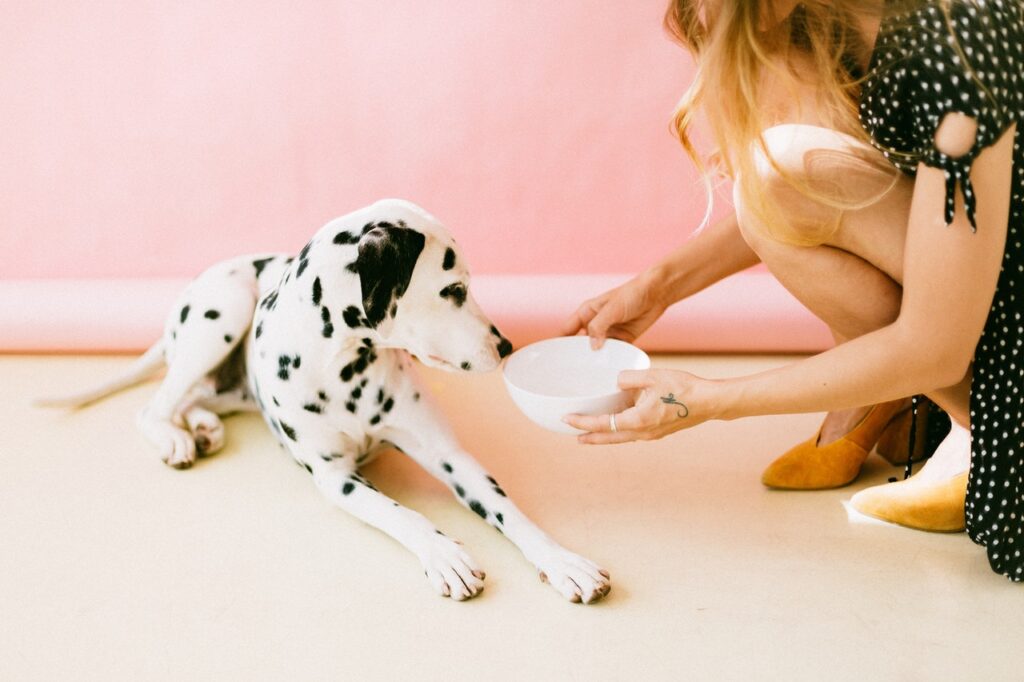
Set & Follow A Strict Routine
If there’s one thing that many adoptive dogs haven’t benefited from, it is a strict routine. Due to their often turbulent early years, adoptive dogs might find the concept of change challenging to process, resulting in behavioural changes or acting strangely until they get used to their new surroundings, which is why routine is so important.
However, over the last couple of years, our own routines have taken a toll as many of us are now in flexible working positions, which can cause disruptions to our day-to-day activities (even our pets!).
Yet it is essential for your four-legged friend’s sake that you keep your days at home like those you spend in the office. For instance, if you know that you start work at eight o’clock in the morning but give your furry friend breakfast at half past eight, you’ll want to think about how to do this without disrupting both of your routines whether you wake up earlier so you can clock into work and then see to your four-legged friend’s needs or nominate one of your family members to feed them for you.
Failure to adhere to a strict routine can frustrate your dog – resulting in barking, pestering and erratic behaviour – largely due to the lack of activity in a timeslot they expect to be busy, so it’s essential to ingrain routine into your adoptee during their first few months to avoid these problems.
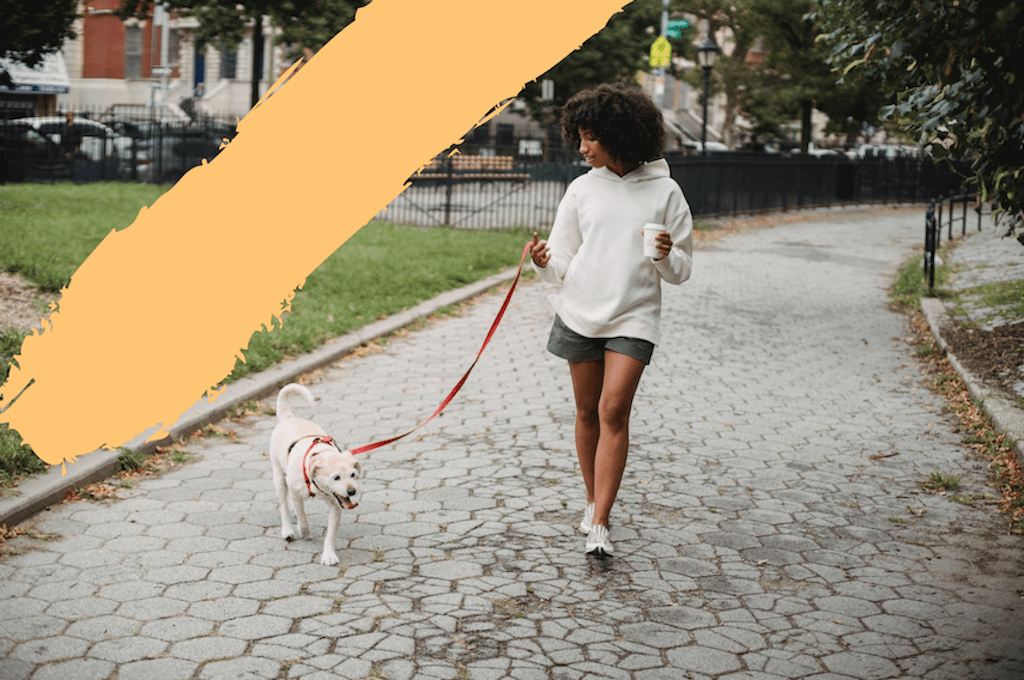
Establish Some Ground Rules
Although you might not consider yourself a pushover when a pair of big, beady, black eyes stare up at you, you might find yourself being uncharacteristically reasonable with your new adoptee. However, it is essential that you don’t allow your new furry friend’s past (although it might be a tear-jerker) to prevent you from establishing ground rules around the house.
If you didn’t let your previous dog sleep beside you on your bed, jump up, or get on the furniture, for instance, you should also extend the same rules towards your adoptee. You’ll have to make some decisions to establish your ground rules, like where will the dog sleep? Will they be allowed upstairs? Should they be able to jump up?
Once you’ve established the answers to these questions, your next task is to ensure that everyone in the family knows and understands them so they can be practised consistently. After all, there is no point in banning your dog from getting on the sofa if your partner lets them do it while you’re not around – as this will confuse them, and getting them out of the habit will be more challenging.
Instead, ensure that the whole household is on board with your rules so that the first few months with your adoptee can be spent enforcing them. After getting used to the rules, you’ll find they are much more comfortable in your house – and you won’t have to worry about finding dog hairs on your sofa!
Now, for a huge dose of cute, check out these 10 small dog breeds with huge personalities. You won’t regret it!

